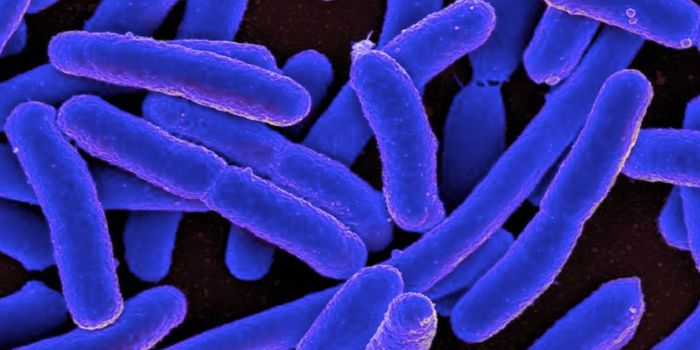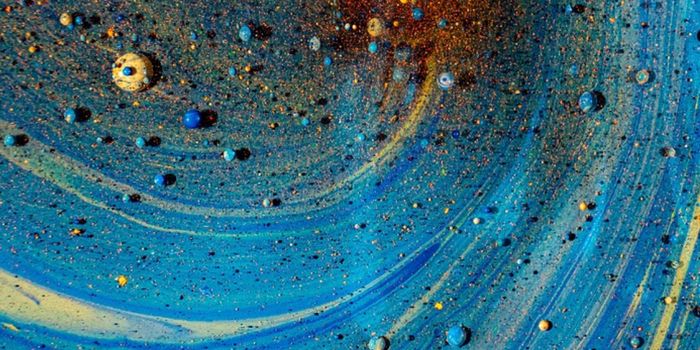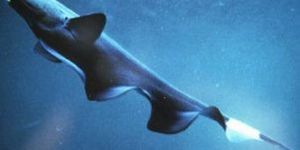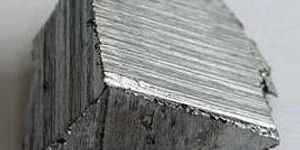Technology
Amazonian Fish Inspires Better Underwater Robotics
MAR 03, 2014 12:00 AM PST
Share
Bacterial-Based Defense for Invasive Mussel Species
 Zebra mussels and quagga mussels are two of the most obnoxious and damaging imports to the waterways of the United States. They originally appeared in the Great Lakes during the 1980s, presumably brought over from Europe in the ballast of cargo ships. Since that time, they have appeared in 34 states, where they damage ecosystems by consuming food and crowding out native species, and damage property by clogging up water intake systems. The economic effect of these unwelcome invaders is significant.
Zebra mussels and quagga mussels are two of the most obnoxious and damaging imports to the waterways of the United States. They originally appeared in the Great Lakes during the 1980s, presumably brought over from Europe in the ballast of cargo ships. Since that time, they have appeared in 34 states, where they damage ecosystems by consuming food and crowding out native species, and damage property by clogging up water intake systems. The economic effect of these unwelcome invaders is significant.As you might expect, not only are these mussels prolific, they are hardy. They can live out of water for up to two weeks, and attach themselves to any hard surface in staggering numbers. A square yard of area can contain up to 700,000 mussels that are roughly the size of pistachio nuts. Their veligers (larvae) ride currents in order to establish colonies in new areas. Due to the lack of natural enemies to keep the population under control, these mussels have been spreading at an alarming rate.
Fortunately, there is an answer for the mussel problem-a bacterium discovered by Daniel P. Molloy of the Cambridge Field Research Laboratory at the New York State Museum in Albany, New York. He and his team discovered the bacterium Psuedomonas fluorescens strain CL145A, which is effective at killing these invasive species without harming other aquatic life.
This answer did not come easily-it required over 20 years of effort to reach the current point: where a potential, commercial product containing this bacterium has passed significant testing phases and may soon be ready for open water use. In 2011, the EPA gave the bacteria a favorable report, stating that it posed little risk to organisms other than the targeted species.
Dr. Molloy began this work in 1990, upon discovering that the mussels were causing problems to New York area power plants. His previous work was in controlling the black fly population in the Adirondacks, where he was able to attack the larvae with a particular subspecies of bacteria and control the population without causing harm to other species. Thinking this approach might work for the mussel problem as well, Dr. Molloy began his intensive search for an effective bacterium.
After more than four years and 700 strains of bacteria, the team finally "hit pay dirt" with Strain CL145A, a bacterium found in river mud. It works by attacking the mussel's digestive system, and is effective with dead bacterial cells as well as live cells, meaning the death mechanism for the mussels is not from infection, but is instead from components in the CL145A bacteria that are toxic to the mussels. The undesirable mussels readily feed on the CL145A cells (in spite of its toxicity), as compared to chemical agents that result in mussels shutting off their feeding valves as a defense mechanism.
Dr. Molloy has moved on to another bivalve issue-spore-forming parasites known as Haplosporidium that are attacking Atlantic Coast oyster populations, including Chesapeake Bay. Given Dr. Molloy's track record, we expect he will succeed with this challenge as well.
You May Also Like
Loading Comments...








